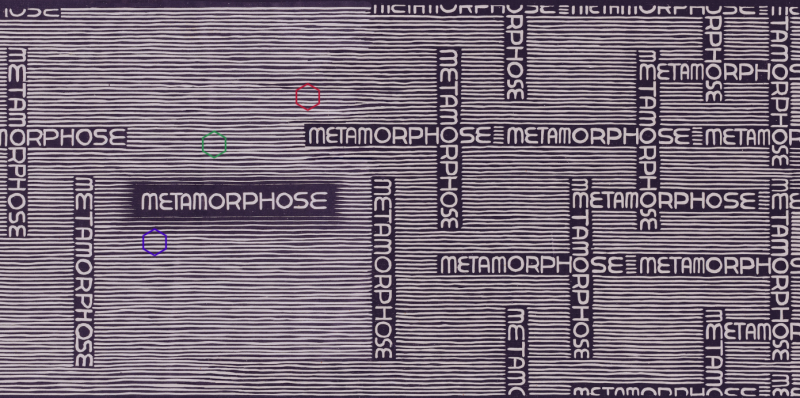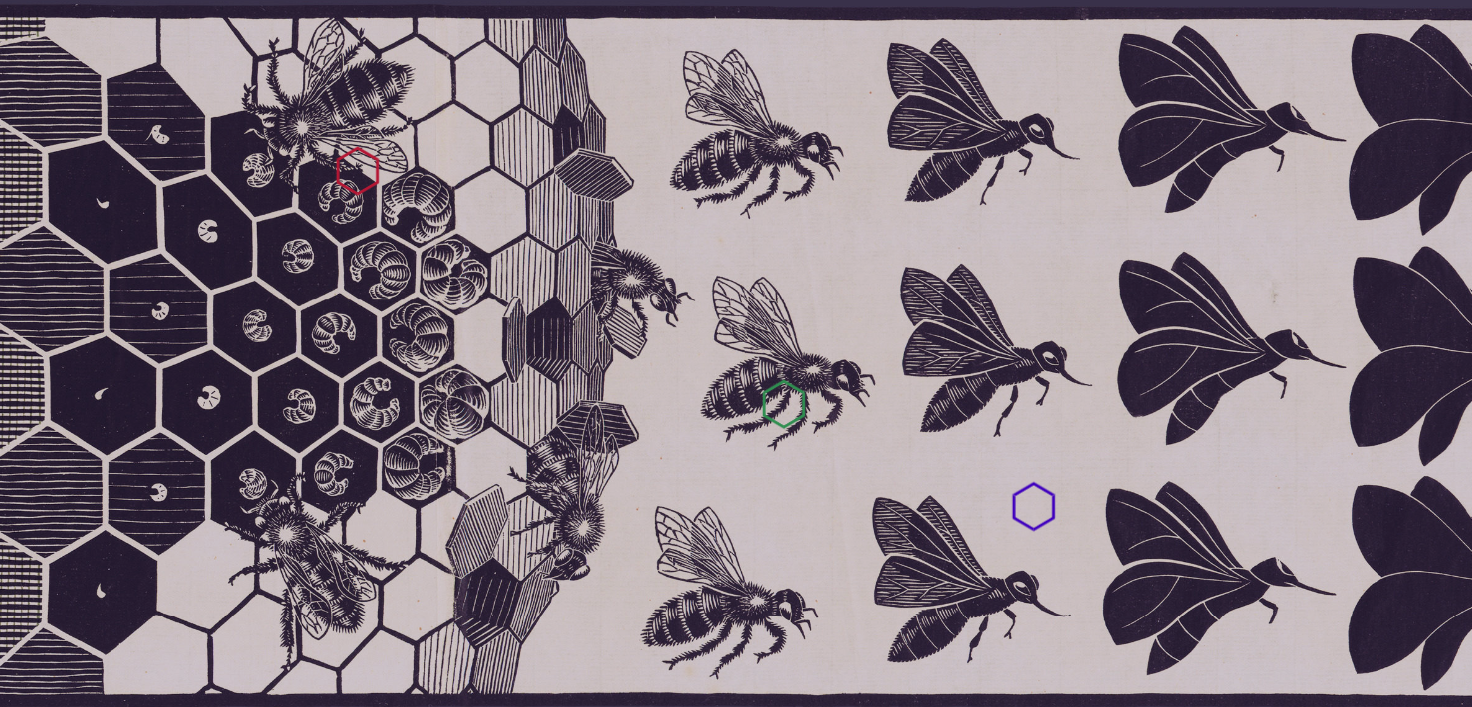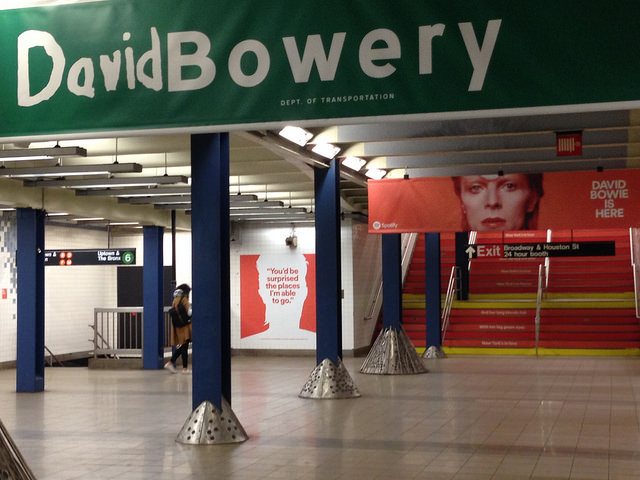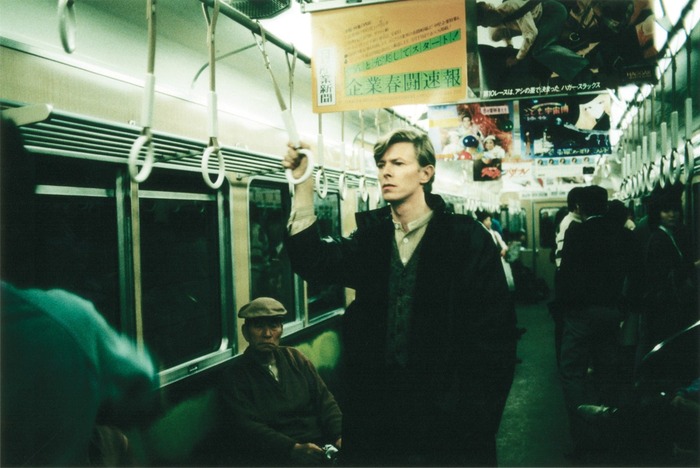The struggles of First Nations peoples in Canada have loomed large in the news, showing a far harsher side of a country Americans tend to caricature as a land of bland niceness, hockey fandom, and socialized medicine. Huge numbers of missing and murdered indigenous women, high rates of suicide, a multitude of health crises, and—as in the U.S.—the ongoing encroachment onto Indigenous lands by toxic pipelines and oilsands development…..
As with issues affecting other beleaguered communities across the globe, suffering from the continued depredations of colonialism and capitalism, these problems can seem so overwhelming that we don’t know how to begin to understand them. As always, the arts offer a way in—through humanizing portraits and intimate revelations, through detailed and compassionate stories, through creativity, humor, and beauty.
In March of this year, the National Film Board of Canada launched an “extensive online library of over 200 films by Indigenous directors,” reports the CBC, “part of a three-year Indigenous Action Plan to ‘redefine’ the NFB’s relationship with Indigenous peoples.” You can read the NFB’s plan here, a response to “the work and recommendations of the Truth and Reconciliation Commission of Canada.”
Their free online film collection is searchable by subject, director, or Indigenous people or nation, writes Native News Online, and “many of the films in this collection are currently being screened in communities right across Canada as part of the #Aabiziingwashi (#WideAwake) Indigenous cinema screening series.”
Some of the highlights of the collection include Alanis Obomsawin’s The People of the Kattawapiskak River (top), a 2012 documentary that Judith Schuyler, of the Toronto-based ImagineNATIVE film organization, describes as “highlighting the government, the diamond mines and the skyrocketing freight costs as the contributing factors keeping the [Kattawapiskak] community in impoverished third world conditions.” Below it, see Lumaajuuq, a beautifully-animated short 2010 film by Alethea Arnaquq-Baril that tells the Inuit story of “The Blind Man and the Loon.”
Further up, see First Stories—Two Spirited, a 2007 film by Sharon A. Desjarlais that filmmaker Bretten Hannam describes as “a message of hope and healing not only for two-spirit people, but for all indigenous people,” and, just above, Dennis Allen’s CBQM, a documentary about a radio station in Fort McPherson, Northwest Territories, which ImagineNative’s Jason Ryle describes as “a tender, intimate portrait of a northern community.”
Native News Online and the CBC list several other recommendations from the collection, or you can simply dive in and start watching here. Also, check out this crash course on rising Indigenous filmmakers. And if at any point you feel inspired to don the garb of a First Nations people and hit the clubs or music festivals, well, maybe heed the ultra-short public service announcement, “Naked Island—Hipster Headdress,” below, and “Just Don’t Do It.”
Related Content:
265 Free Documentaries Online
1,150 Free Movies Online: Great Classics, Indies, Noir, Westerns, etc.
An Archive of 20,000 Movie Posters from Czechoslovakia (1930–1989)
Martin Scorsese Create a List of 38 Essential Films About American Democracy
Josh Jones is a writer and musician based in Durham, NC. Follow him at @jdmagness













